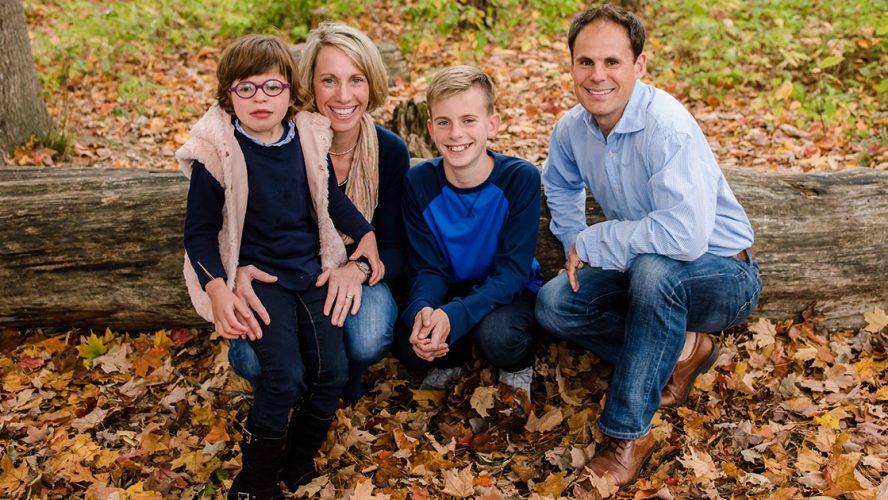Individuals with rare or never-before-seen conditions often spend years searching for answers. Some may suffer from an unusual form of a common disease, an ultra-rare disease, a completely new disease or a combination of diseases. They undergo many tests, procedures and evaluations over time, while living with the physical and emotional burdens of illness. A diagnosis for these individuals often requires careful and time-consuming review of test results and medical records by expert clinicians who consider all diagnostic possibilities and have access to innovative diagnostic tools.
Improving the odds
So how do you solve these toughest of the tough cases? For starters, do not underestimate the power of bringing clinicians, scientists, patients and families together.
We are living in a paradigm shift in how medical information is accessed and shared. In the rare disease community, this shift increasingly requires clinicians and scientists to share information through projects like the Undiagnosed Diseases Network and Matchmaker Exchange. When a new condition is discovered, the first step is to see if other patients with the same symptoms also have the condition. Before the internet, this process relied on serendipitous encounters between clinicians at meetings and conferences. Now clinicians and scientists use a rapidly growing set of online tools to share data and connect with one another.

Going viral
Patients and families are also contributing to data sharing efforts through blogs and social media. In 2012, a blog post written by the parents of Bertrand Might led to finding two other patients with the same never-before-seen condition caused by variations in the NGLY1 gene. Shortly after, they were able to identity and connect with others around the world with the same condition, and the NGLY1 community was born. Bo Bigelow used this same model to find others like his daughter, Tess, with variants in the USP7 gene. His family is now connected with a community studying the condition organized by the Baylor College of Medicine. Sharing information on the internet enabled both communities to take action.
Diagnosing rare conditions, finding similar patients and advancing research are challenging. Looking at the whole patient and sharing data with collaborative colleagues can lead to discoveries and diagnoses, providing hope that progress can be made toward understanding and possible treatment.

